- Bernard Preston homepage
- Starch
- Why Were Cornflakes Invented
Why were cornflakes invented?
I first named this page titled why were cornflakes invented "I want to be a billionaire." The brain behind it was William Kellogg, the intention being to make a nutritious food for ailing patients in a sanatorium. But what are the facts?
Have you ever watched Fiddler on the Roof? It is one of my all-time favourite movies with the poor farmer Tevye singing the matchless "wish I were a rich man." The oft repeated theme of the movie, our inhumanity again being played out in Eastern Europe, is repeated throughout history; in that instance it was the Jews getting stick from the Russians.
Today it is
feeding craparola to children; there's no mystery behind the obesity, diabetes and stuntedness of our kids.
Haven’t we all wanted to be rich men? Well, after a lifetime of searching, I think I have found out how it could readily be done. You find something you can buy for R2; then gut it, extract all the best parts and sell them to a third party. Put the tasteless remains into a fancy box and flog it to an unsuspecting public for sixty-rand.
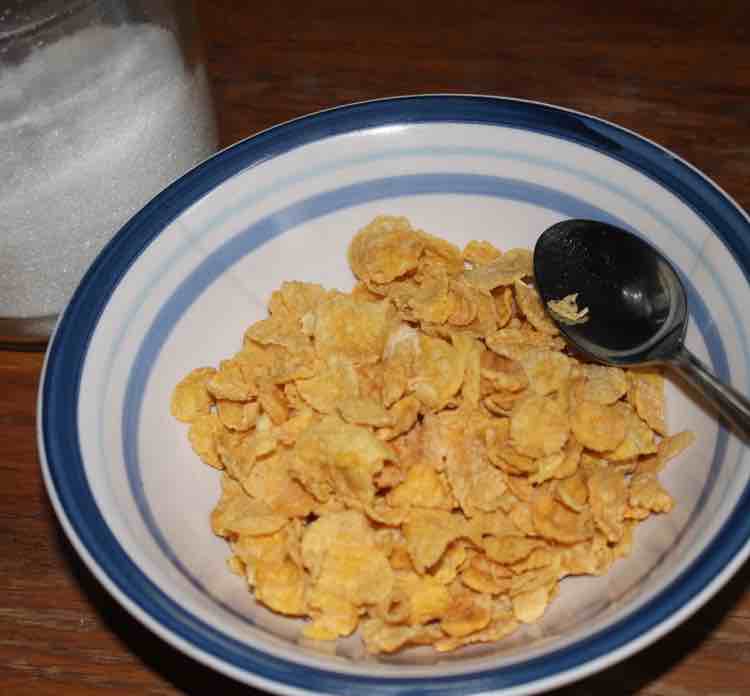
The best part you either sell to farmers for pig food or process and market it to gullible humans for R100 in little capsules. Tevye would have been impressed but he was a man of conscience and would never have tried something like that.
So how do you pull off this massive scam? Well, in these hungry times, you want to find a good food that is dirt cheap; there aren’t too many around but finally I settled on the humble mealie. I was very pleased when I found one could buy dried corn for R2,000 / ton.
If you go and measure out a kilogram of mealies you will find that actually it is a lot of grain. Throw in some beans, greens like spinach and a couple eggs per week; a human being could probably survive.
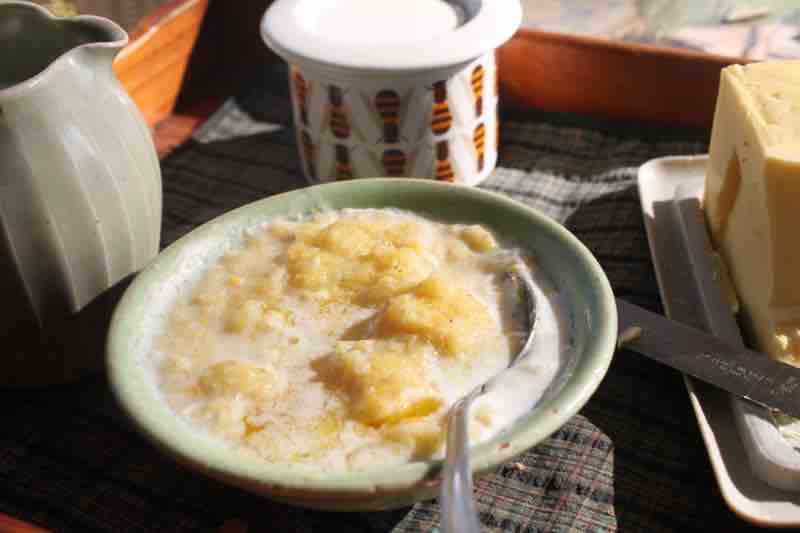 Cornmeal porridge with 100% grain.
Cornmeal porridge with 100% grain.Before you try a scam, you have to do some homework. What’s actually in a mealie? Firstly it is mainly starch which will fill a hole in the stomach, give some energy but in fact it is mostly empty calories. Of the R2 you paid, the carbs are worth probably less than a half.
The real value is in what the farmers call the hominy
chop. That’s where the germ is to be found. It is rich in oils, some protein and vitamins; and very important phytonutrients like zeaxanthin. That is
the stuff that helps to prevent macular-degeneration, cataracts and metastatic tumours[5]. If you extract it you can sell it in capsules at the pharmacy for a mint to those who are going
blind; market it as a medicine.
"Without protein and a lot of carbs you can expect a short energy boost from cereal, followed by a crash and a grumbling stomach well before it’s actually time to sit down for lunch."
- Self.com
The protein is a bit thin, about 3.5pc but you do get a high lysine variety that has most of the amino acids; the eggs would cover the shortfall if you ate only whole mealies. But if you are a cardsharp like me, then you’ll be thinking that could process it, add some milk-powder and a few vitamins; and sell it for a tidy sum in a tin to those guys pumping iron.
Right the homework is over; you will first have to find a mill to grind up your mealies; that is when your problems begin because the excellent lipids start going rancid as soon as they are exposed to air. So you distill off the fat and sell it as a valuable byproduct; corn-oil ain’t cheap.
Or you could just take that hominy chop and sell it to a farmer for his cattle or pigs; it’s the best part of a mealie.
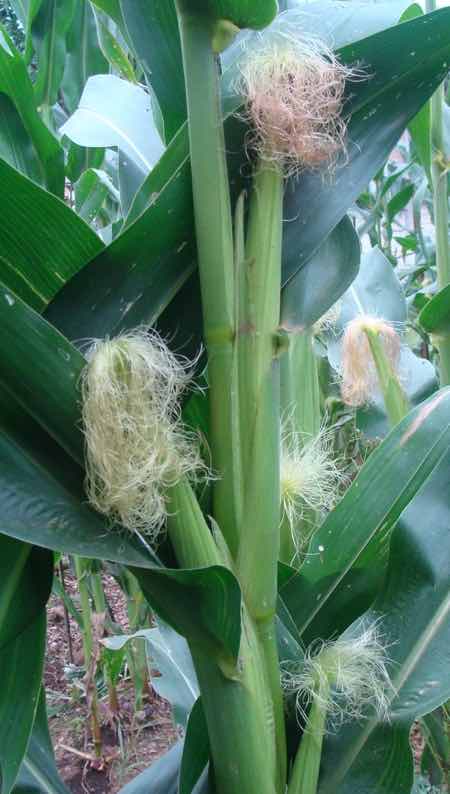
The bran
Most people are getting less than half the recommended amount of fibre from their food. That has grave implications for the microbiome and the wellness of the colon; generalised inflammation and bowel diseases abound.
The bran extracted from the maize could be packaged and sold in health food shops to gullible people. That is where much of the B vitamins are found too.
The endosperm
But what about that almost worthless part, the starch? Here you have to be really clever and not a little crooked; frankly, completely without conscience. You have two-options.
The first is to add 10% sugar and a lot of salt because it’s tasteless after all the goodies have been extracted; a touch of malt, a few synthetic vitamins and some minerals to make it look good. Now you can call it enriched. Then toast the flakes and put them into a pretty cardboard box and sell it for around R70/kg.
But be careful not to make the mistake Kellogg made; it is apparently true but a good story anyway, even if it’s urban legend. Some researcher found that the manufacturer used a high-quality cardboard for the container; rats lived longer when fed on the box than when eating only the cornflakes.
In any event, count on the pretty box costing more than the contents.
The second alternative but here you have to be utterly without conscience, is to sell that nearly worthless meal to the education department for needy school feeding-schemes for kids; remember all the best parts have been extracted.
Do you remember that Dr Ramaphosa, the president’s wife was so upset that more than a quarter of South Africa’s children are permanently stunted? You do not want to be painted with that brush.
But
if like Tevye you are a person with a conscience, those stunted kids
would thrive on a young mealie a day, a glass of milk and Eggs
Florentine. That is what we do at our green home in the summer. But it’s no way to
become a millionaire, is it? It might save you a mint in greater wellbeing, mind you.
How to grow corn is a subject worth considering if you have a large garden.
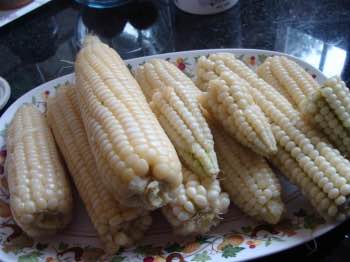
Salt
"Breakfast cereals like corn flakes have the salinity of sea-water; bread is also stuffed with salt."
Professor Neil Poulter, Imperial medical college, London.
Are you concerned about salt causing your high blood pressure?
Carotenoid retention in processing
Researcher Trono publishing in Plants (Basel) reports that the best retention of carotenoids in corn was through domestic cooking of a porridge or steaming of the whole cob; this actually increased the bio-availability.
Baking reduced the carotenoid content by 70%.
Traditional flaking and toasting to make cornflakes reduces the lutein and zeaxanthin content by 80%.
Glycemic index
The glycemic index of cornflakes is 84; extremely high.
Why were cornflakes invented?
Why were cornflakes invented and could I use them to make me into a billionaire?
Meantime I'll stick to the magnificent mealie in summer[3].
And enjoy home-cooked maize meal porridge made from 100pc grain for the rest of the year, alternating with oats and sorghum.
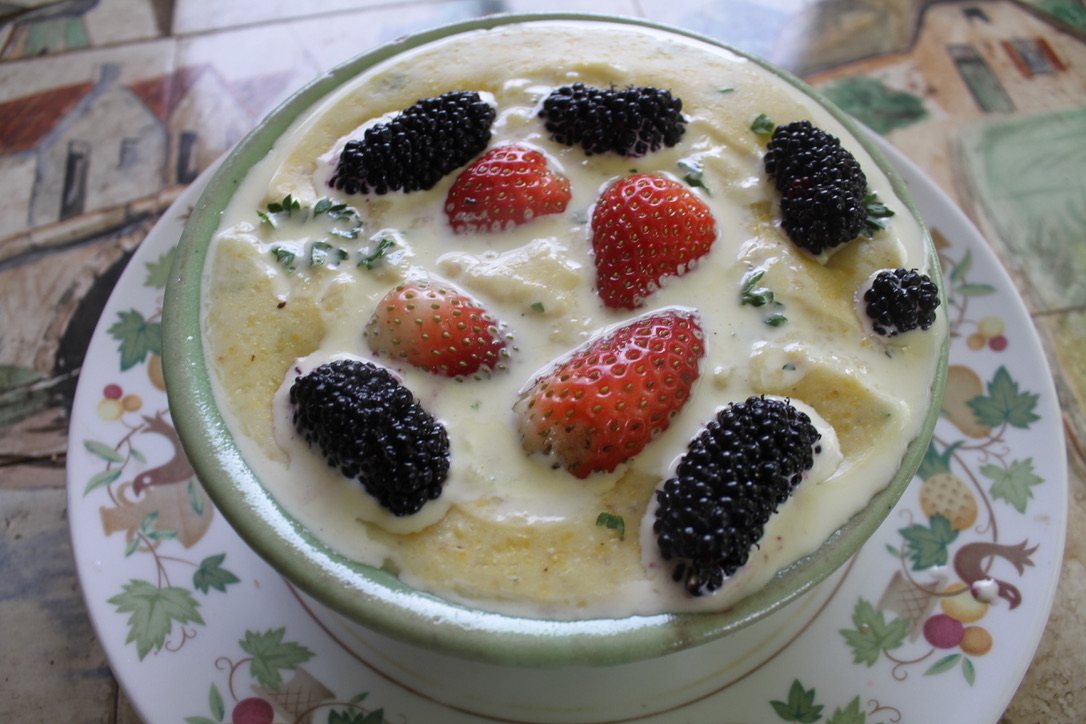 Stoneground yellow grits with berries
Stoneground yellow grits with berries- High intake of refined grains linked to increased risk of cardiovascular disease and death
- Eggs Florentine; poached on a bed of spinach.
- Summary: wholegrain cornmeal
- Carotenoids in Cereal Food Crops: Composition and Retention throughout Grain Storage and Food Processing
- Association of Diet Quality With Prevalence of Clonal Hematopoiesis.
When browsing use right click and Open Link in New Tab, or you may get a bad gateway signal.
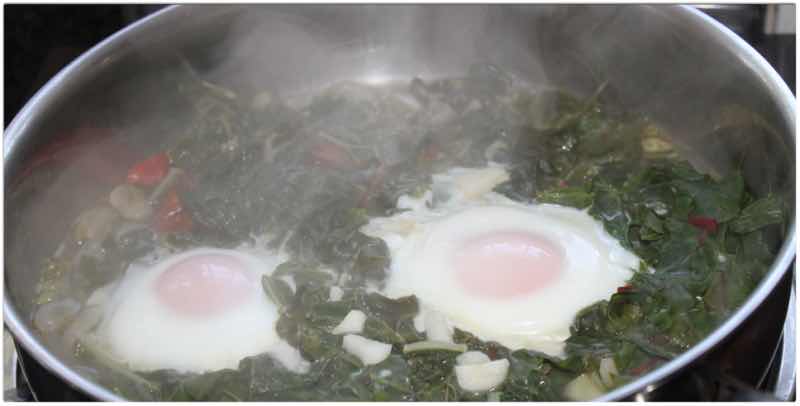
From the horse's mouth
Newsletter
Our newsletter is entitled "create a cyan zone" at your home, preserving both yourself and Mother Earth for future generations; and the family too, of course. We promise not to spam you with daily emails promoting various products. You may get an occasional nudge to buy one of my books.
Here are the back issues.
- Lifestyle and ideal body weight
- What are ultra-processed foods?
- Investing in long-term health
- Diseases from plastic exposure
- Intensive lifestyle management for obesity has limited value
- A world largely devoid of Parkinson's Disease
- The impact of friendly bacteria in the tum on the prevention of cancer
- There's a hole in the bucket
- Everyone is talking about weight loss drugs
- Pull the sweet tooth
- If you suffer from heartburn plant a susu
- Refined maize meal and stunting
- Should agriculture and industry get priority for water and electricity?
- Nature is calling
- Mill your own flour
- Bake your own sourdough bread
- Microplastics from our water
- Alternative types of water storage
- Wear your clothes out
- Comfort foods
- Create a bee-friendly environment
- Go to bed slightly hungry
- Keep bees
- Blue zone folk are religious
- Reduce plastic waste
- Family is important
- What can go in compost?
- Grow broad beans for longevity
- Harvest and store sunshine
- Blue zone exercise
- Harvest and store your rainwater
- Create a cyan zone at your home
Did you find this page interesting? How about forwarding it to a friendly book or food junkie? Better still, a social media tick would help.
- Bernard Preston homepage
- Starch
- Why Were Cornflakes Invented
Address:
56 Groenekloof Rd,
Hilton, KZN
South Africa
Website:
https://www.bernard-preston.com